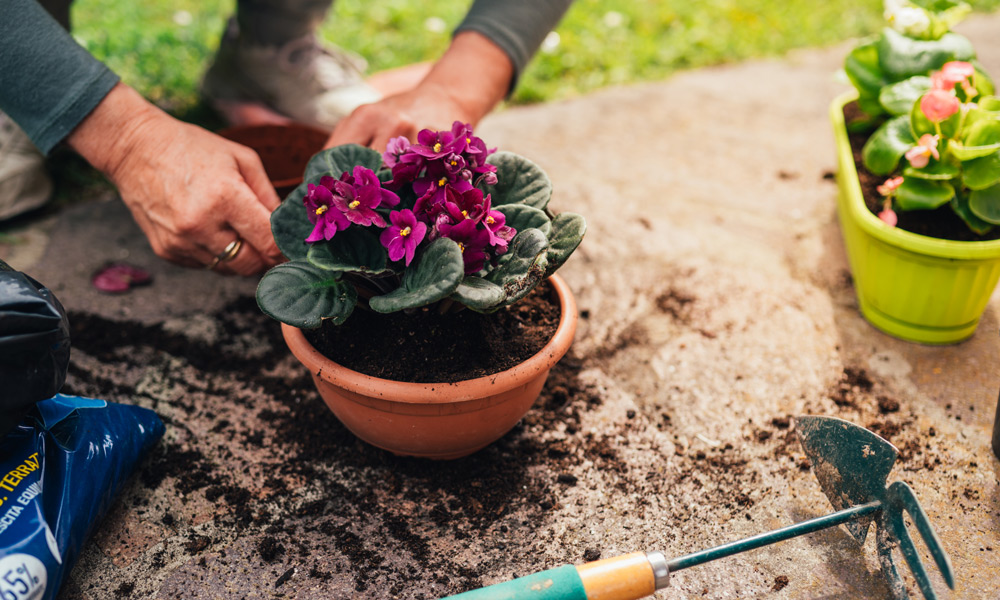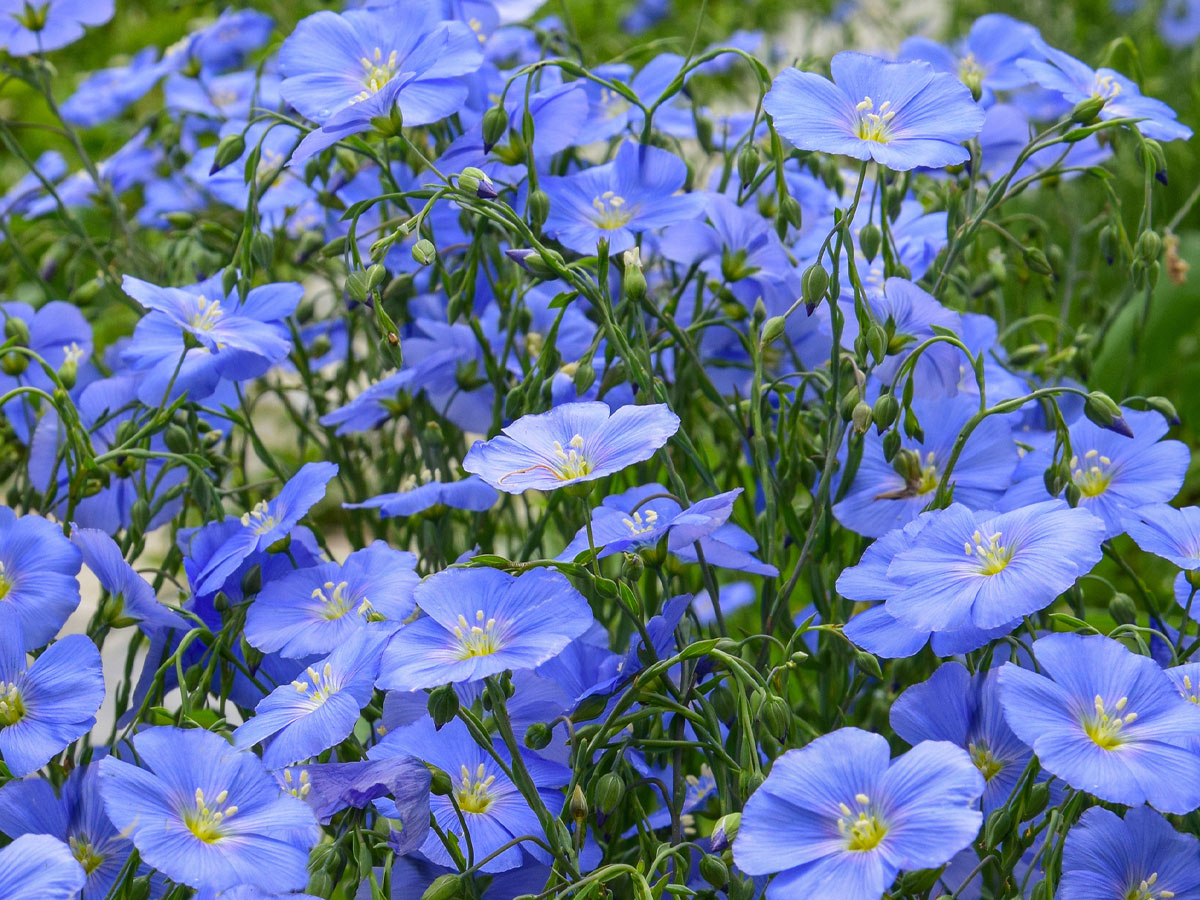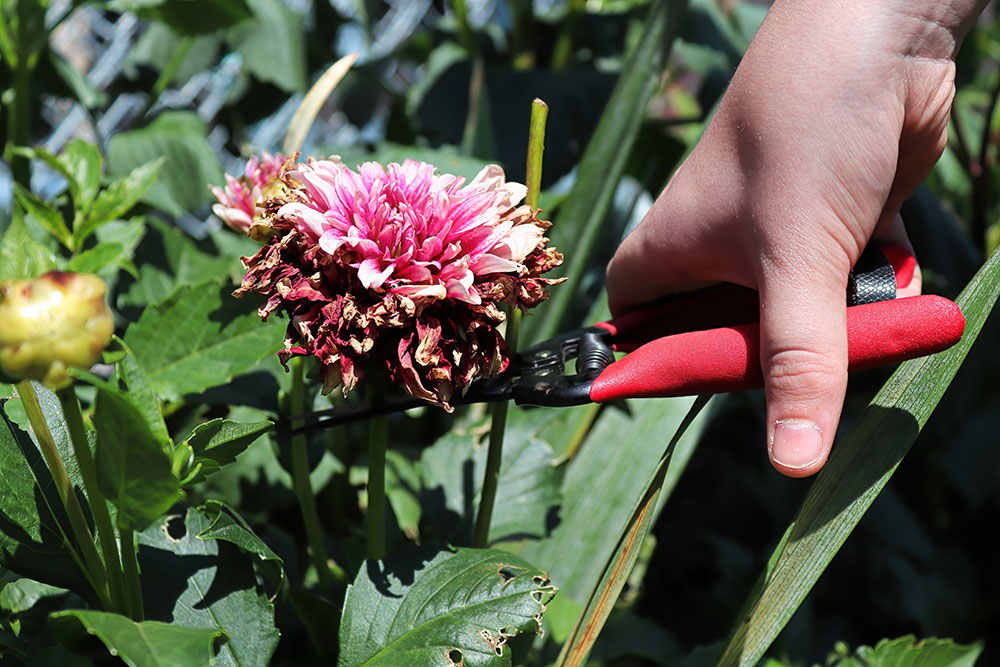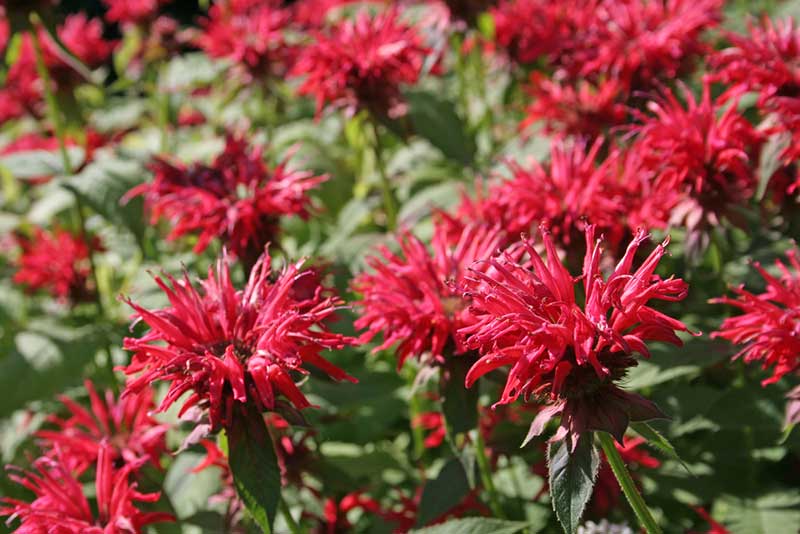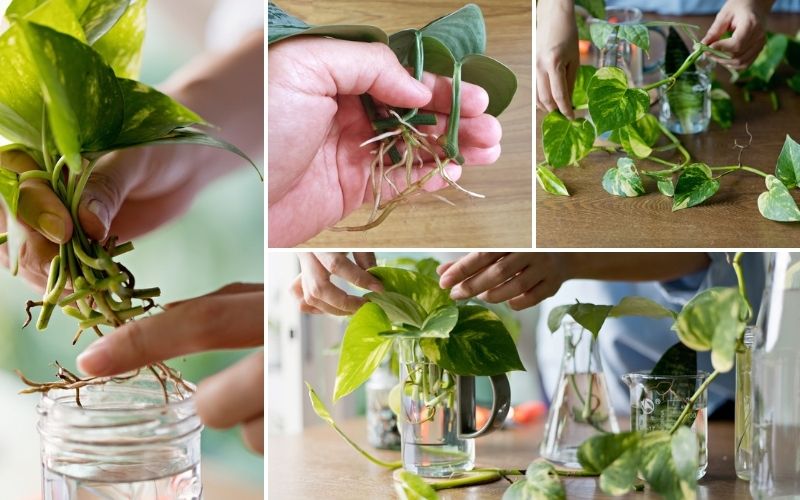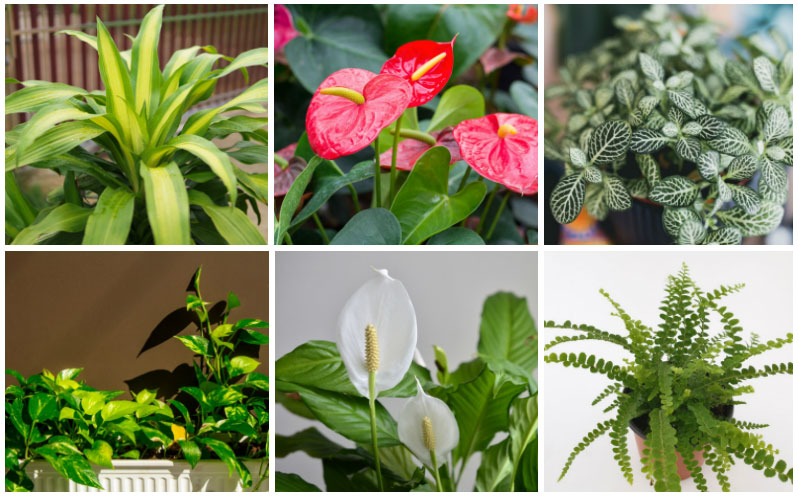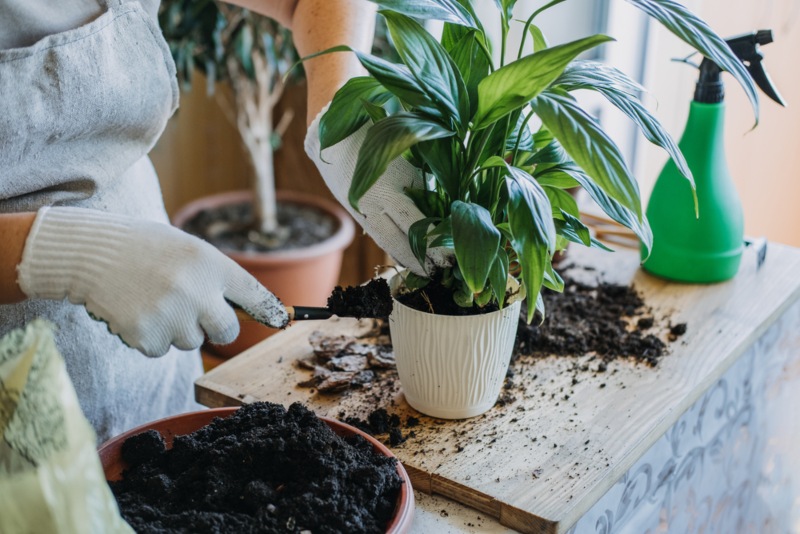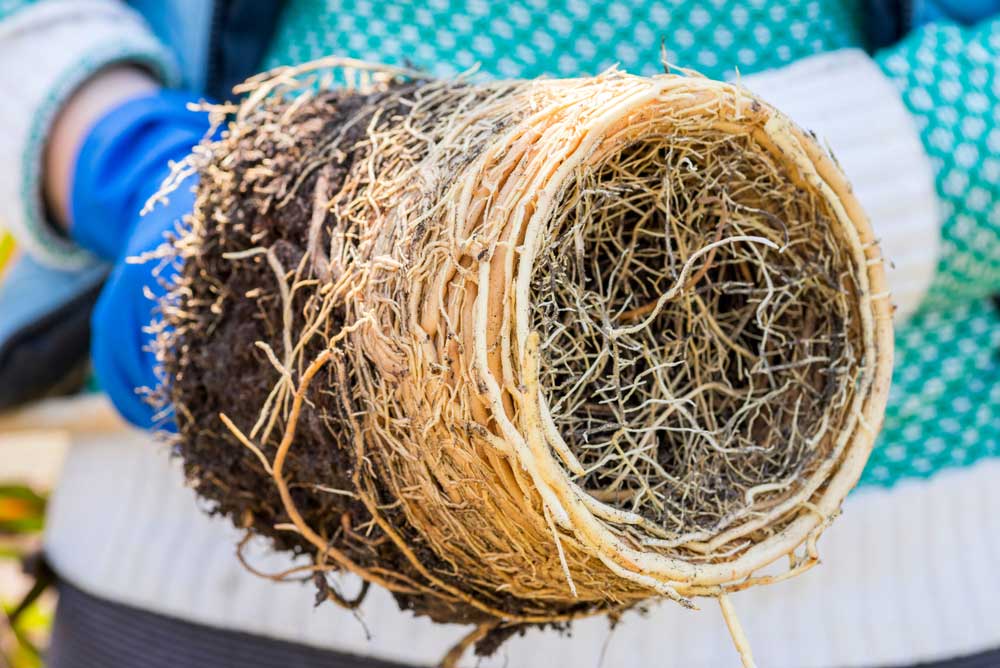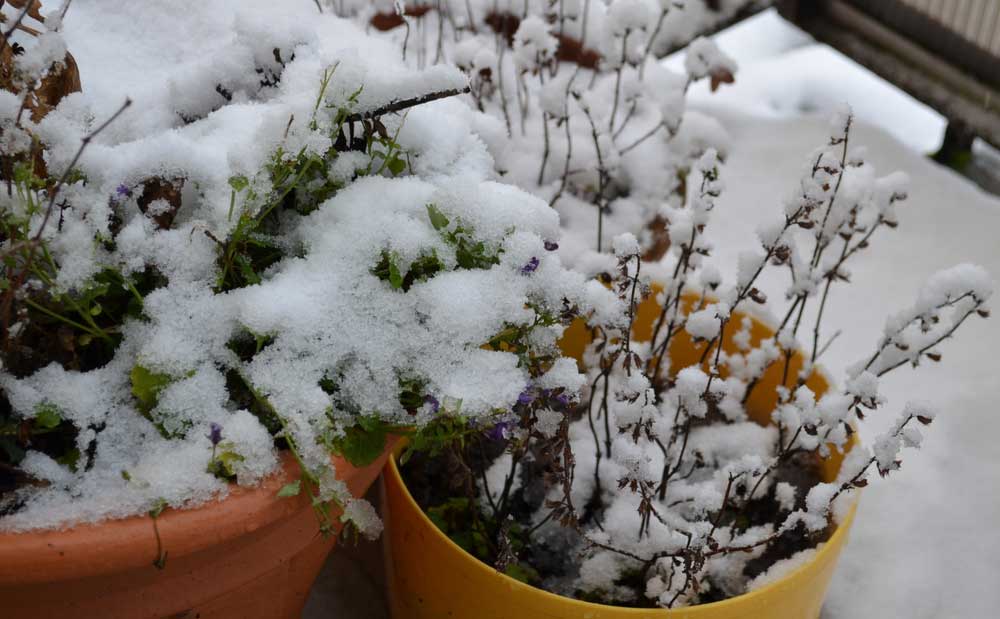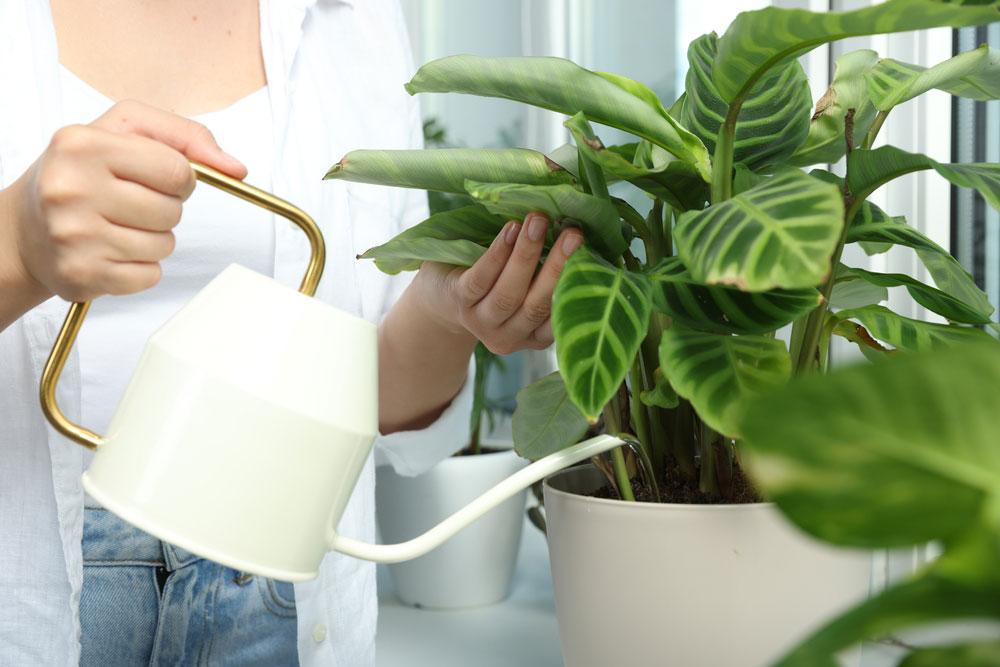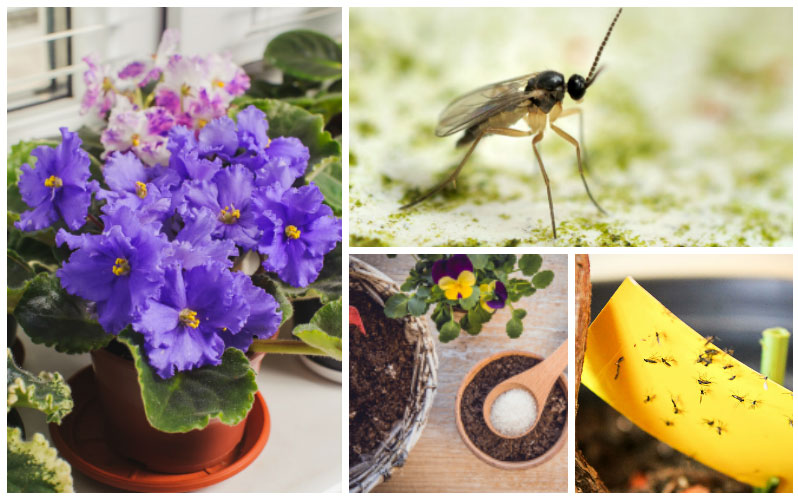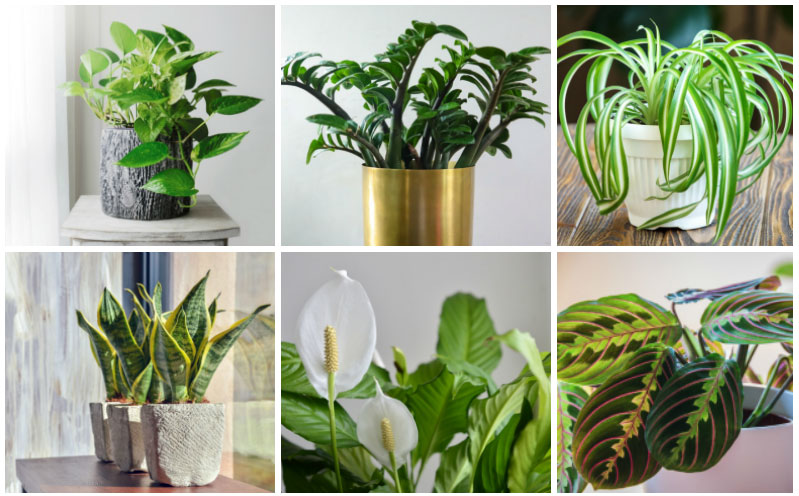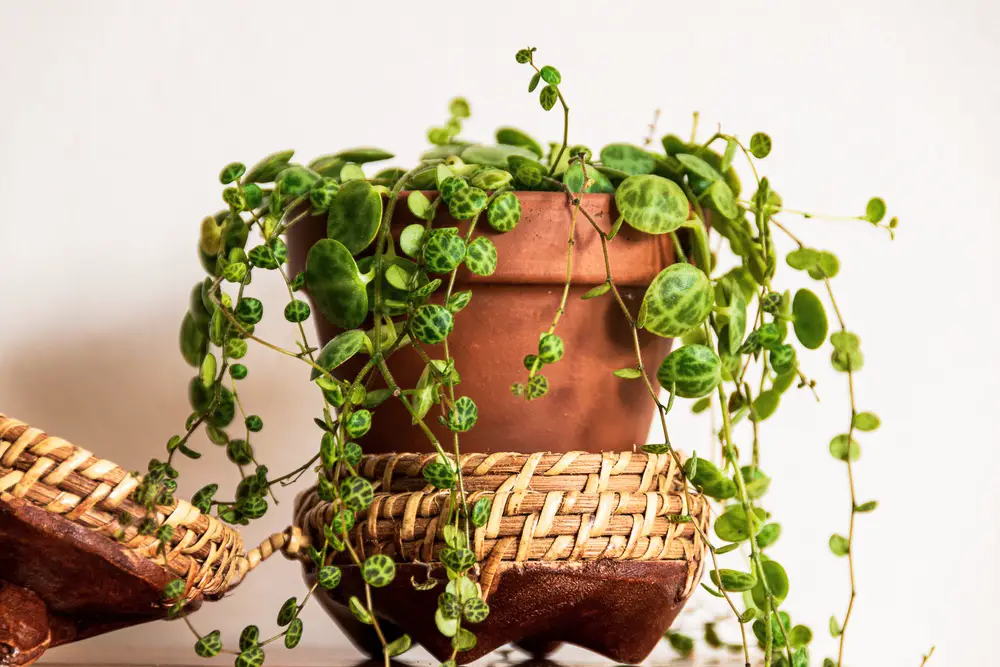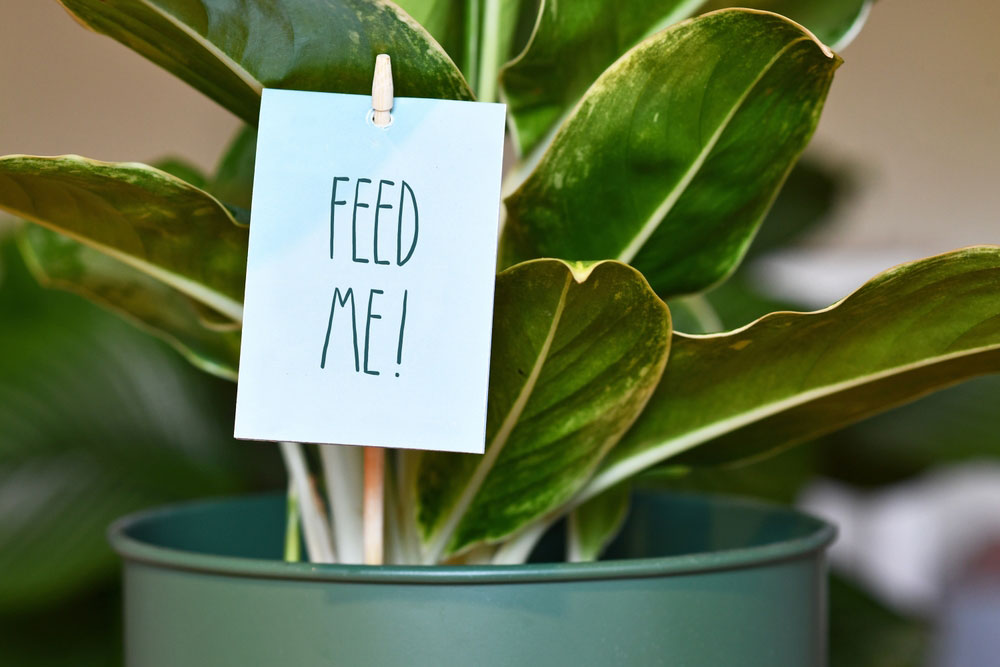
You know that moment when you’re lovingly caring for your plants, thinking you’re being the perfect plant parent by feeding them regularly, only to watch them mysteriously start struggling? Or maybe you’ve been wondering why some of your houseplants seem to be barely hanging on despite your best efforts?
Here’s the thing that might surprise you: not all plants want to be fed, and some plants are absolutely starving while you’re not even realizing it!
Today, we’ll go over one of the biggest misconceptions in plant care – that all plants benefit from regular fertilizing.
In fact, some of your favorite plants are silently begging you to stop feeding them, while others are desperately hungry and you don’t even know it. But which plants fall into which category?
Let’s look at the plants that are secretly suffering from your well-meaning fertilizer routine, and the ones that could use a lot more love at feeding time!
The 5 Plants That Actually Hate Fertilizer (Stop Feeding These!)
1. Carnivorous Plants (Venus Flytraps, Pitcher Plants, Sundews)
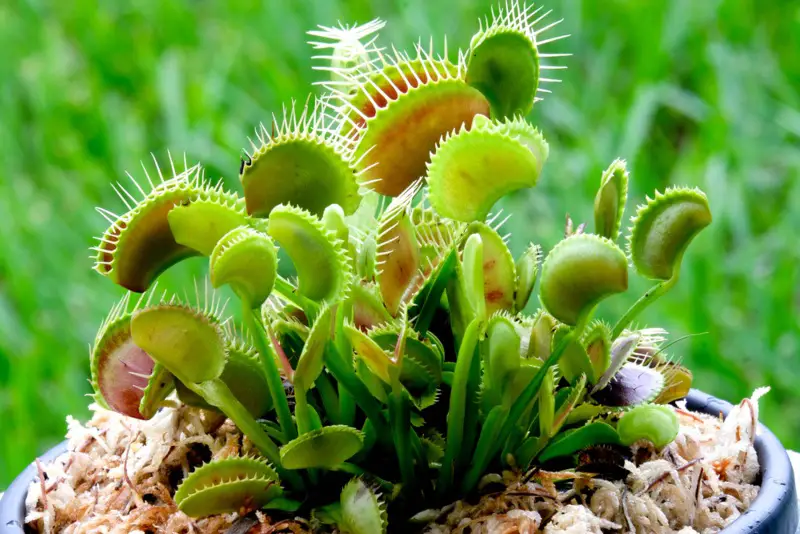
But what makes carnivorous plants so different from regular houseplants? These fascinating plants evolved in nutrient-poor environments like bogs and wetlands where they had to develop their own “hunting” strategies to get nitrogen and other nutrients. They’re specifically adapted to low-nutrient conditions!
If you’re looking to grow a Venus flytrap or pitcher plant, you’ll want to completely avoid traditional fertilizers. These plants actually get damaged by fertilizer because their roots are extremely sensitive to mineral salts. In their native habitats in the Carolinas, they thrive in nutrient-poor, acidic soils with very low dissolved minerals.
What to do instead: Let them catch their own food! If you must supplement their diet, drop a small insect into a few traps or pitchers every few weeks during growing season. However, they can absolutely survive without any feeding if they’re getting adequate light and proper water (distilled or rainwater only!).
Warning signs you’re overfeeding: Brown or black traps, mushy leaves, or plants that seem to be declining despite good light and water conditions.
2. Air Plants
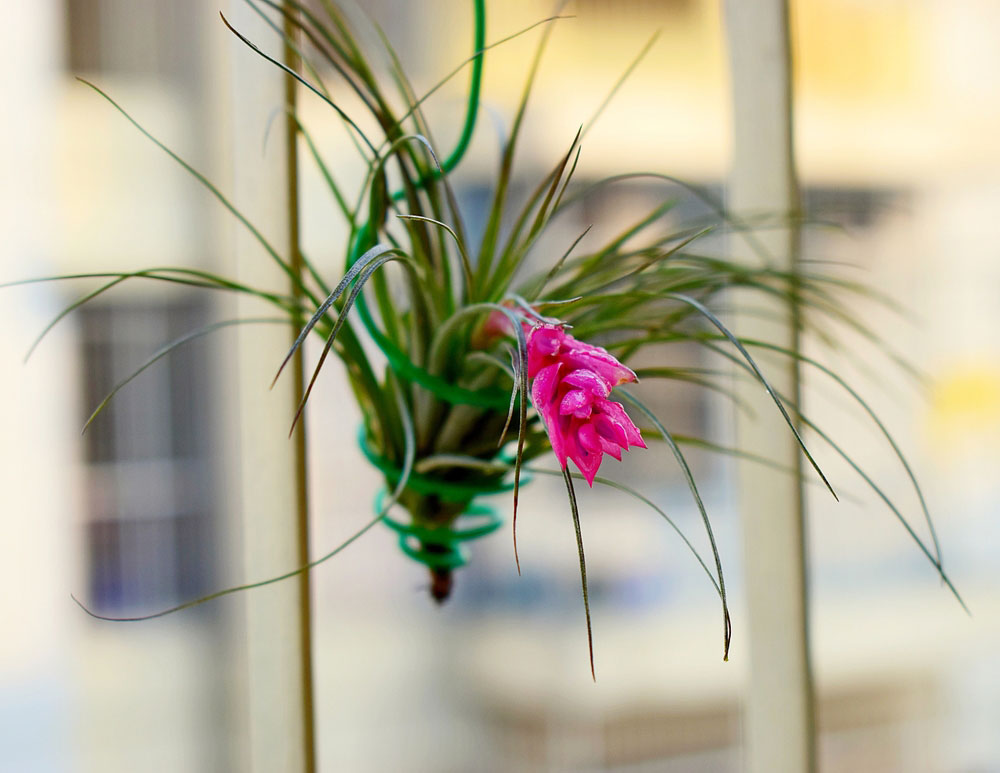
Air plants are another group that many people accidentally kill with kindness through over-fertilizing. These epiphytes naturally grow on tree branches and rocks in their native Central and South American habitats, where they absorb moisture and nutrients directly from the air and rain.
You’ll want to be extremely cautious with fertilizing air plants. If you do choose to fertilize, use only a heavily diluted orchid or bromeliad fertilizer (about 1/4 the recommended strength) and apply it just once or twice during the growing season.
The reality: Most air plant deaths are caused by over-fertilization rather than under-fertilization. These plants are incredibly efficient at absorbing what they need from the air around them.
Care tip: Focus on proper air circulation, bright indirect light, and weekly mistings with distilled water. That’s usually all they need to thrive!
3. Most Succulents and Cacti

While succulents aren’t completely opposed to fertilizer, they’re adapted to extremely low-nutrient desert environments and can easily be damaged by too much feeding. Many succulent enthusiasts actually never fertilize their plants and still have thriving collections!
Succulents like jade plants, echeveria, and most cacti evolved in areas with poor, sandy soils where nutrients are scarce. When you over-fertilize these plants, you often get rapid, weak growth that makes them more susceptible to rot and pest problems.
If you must fertilize: Use a diluted cactus fertilizer only once or twice during the growing season (spring and summer). However, if your succulents are in good-quality potting mix and seem healthy, they probably don’t need any fertilizer at all.
Signs of over-fertilization: Soft, mushy growth; plants that become top-heavy and unstable; increased susceptibility to rot; or rapid growth that looks different from the plant’s natural form.
4. Snake Plants
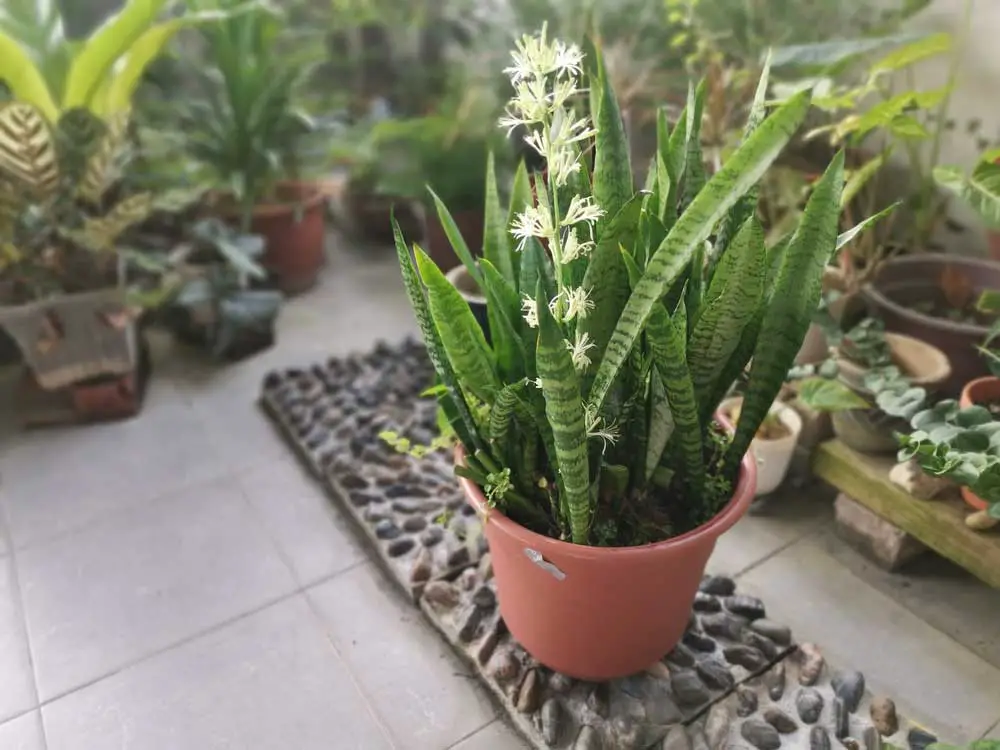
Snake plants are the ultimate low-maintenance houseplants, and part of what makes them so easy to care for is that they really don’t want much fertilizer. These plants are native to arid regions of West Africa where nutrients are naturally scarce.
You can absolutely grow healthy, beautiful snake plants without ever fertilizing them. In fact, over-fertilizing snake plants is one of the most common ways people accidentally damage these otherwise bulletproof plants.
The problem with fertilizing snake plants: Too much fertilizer can cause the leaves to become soft and floppy (they should be sturdy and upright), can lead to root rot, and can actually reduce the beautiful variegation patterns that make these plants so attractive.
Best approach: If your snake plant is in good potting soil and seems healthy, just leave it alone! These plants can go years without fertilizer and still look fantastic.
5. Cast Iron Plants
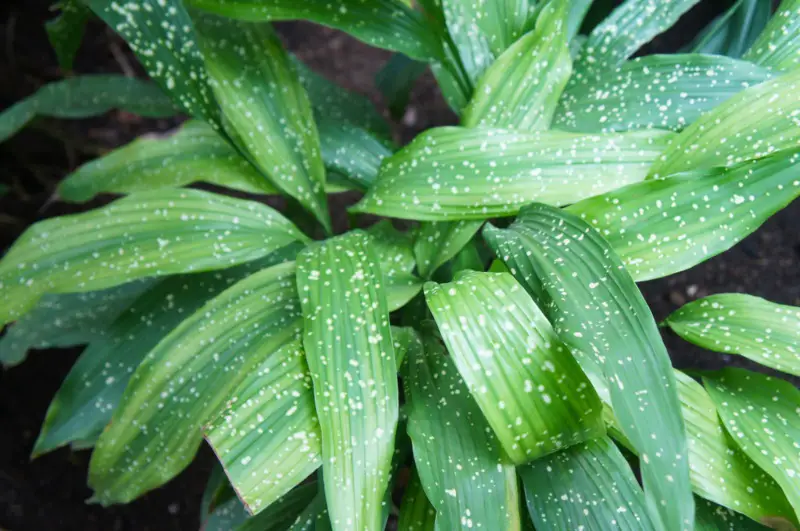
Cast iron plants earned their name because they’re nearly indestructible – but only when you don’t try to pamper them too much! These Victorian-era favorites are adapted to low-light, low-nutrient conditions and actually prefer to be left alone.
Fertilizing cast iron plants often causes more harm than good. Too much fertilizer can lead to weak, pale growth and can make the plants more susceptible to pest problems. These plants are naturally slow-growing, and that’s exactly how they should be!
What they prefer: Poor to average soil, infrequent watering, low light, and benign neglect. If your cast iron plant is putting out new leaves occasionally and maintaining its dark green color, it’s perfectly happy without any fertilizer.
The 5 Plants That Are Secretly Starving (Feed These More!)
1. Fiddle Leaf Figs
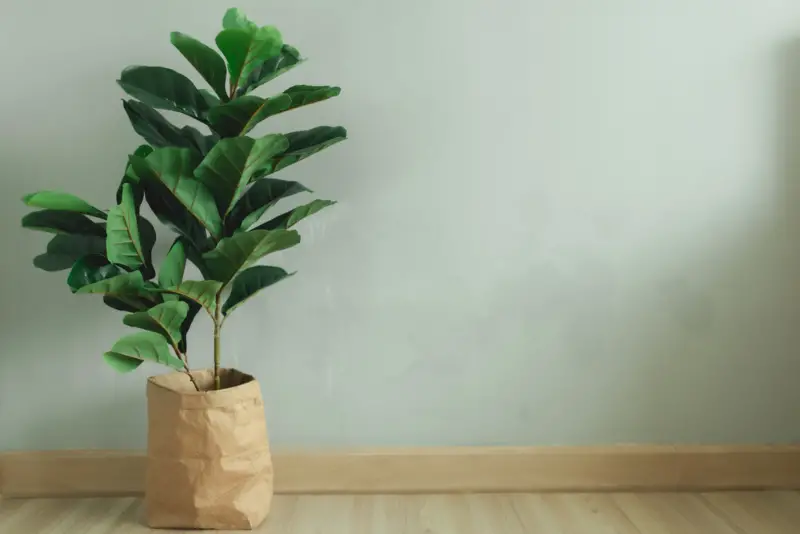
Now here’s where things get interesting – fiddle leaf figs are actually quite heavy feeders, but most people treat them like low-maintenance plants! These dramatic beauties are native to tropical rainforests where they grow as large trees, and they need consistent nutrition to support their large leaves and rapid growth.
If you’re wondering why your fiddle leaf fig isn’t putting out new leaves or why the leaves seem smaller than they should be, inadequate nutrition might be the culprit. During the growing season (spring through early fall), these plants benefit from regular feeding.
What they need: A balanced liquid fertilizer diluted to about half strength, applied every 2-3 weeks during the growing season. Look for fertilizers with a good balance of NPK (nitrogen, phosphorus, potassium) plus micronutrients.
Signs they’re hungry: Small new leaves, slow growth, older leaves dropping more frequently than normal, or leaves that lack the glossy, vibrant appearance they should have.
2. Monstera Deliciosa
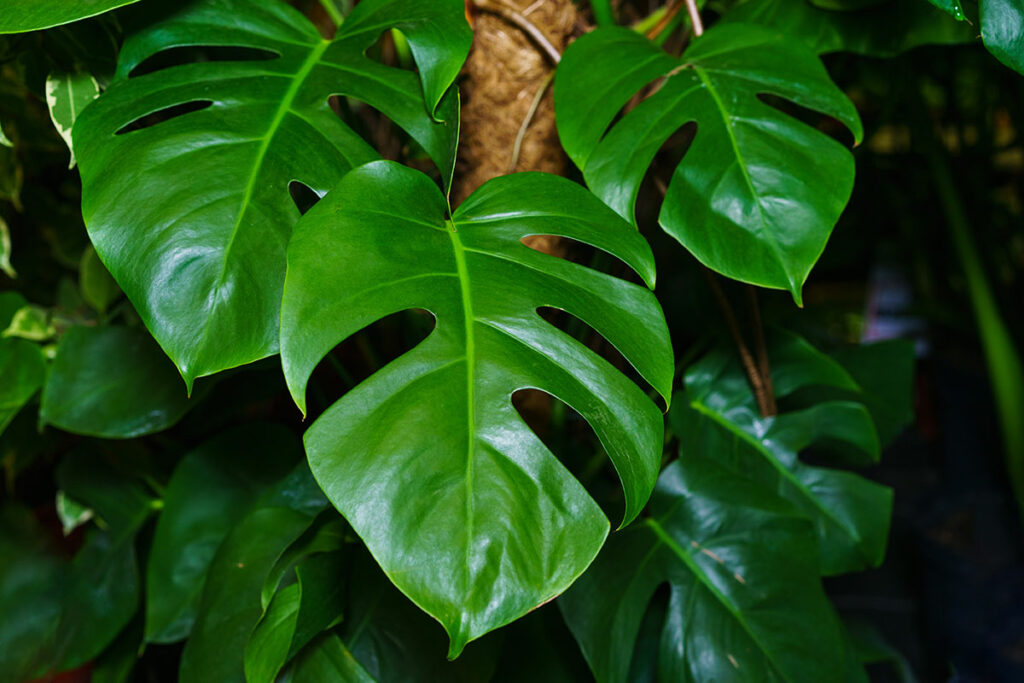
Monsteras are vigorous growers that can quickly deplete the nutrients in their potting soil, especially if they’re in bright light and actively growing. These tropical climbers are used to rich, organic matter in their native Central American rainforests.
You’ll want to feed your monstera regularly during the growing season to support healthy leaf development and those gorgeous fenestrations (the splits and holes in mature leaves). Well-fed monsteras produce larger leaves with more dramatic splits!
Feeding schedule: Every 2-3 weeks during spring and summer with a balanced liquid fertilizer. You can also add slow-release fertilizer granules to the soil in spring.
Hungry monstera signs: New leaves that are smaller than previous ones, fewer or no fenestrations on new leaves, pale green coloration, or very slow growth despite good light and water.
3. Pothos
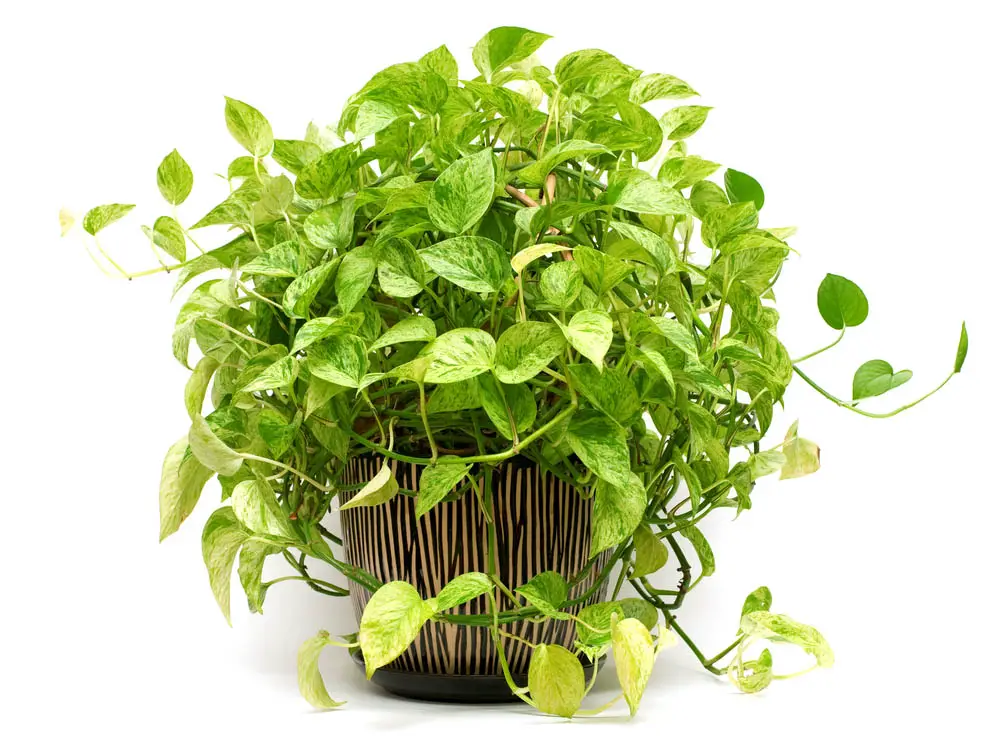
While pothos are often described as low-maintenance (and they are!), they’re actually quite hungry plants that respond beautifully to regular feeding. Many people are surprised by how much more vigorous and colorful their pothos become with proper nutrition.
Pothos in bright light need regular feeding because they’re actively photosynthesizing and growing. Without adequate nutrition, they become pale, grow slowly, and may lose some of their beautiful variegation.
How to feed them: A diluted liquid fertilizer every 2-3 weeks during growing season, or add slow-release fertilizer pellets to the soil. Pothos are quite forgiving, so you don’t need to be as precise as with some other plants.
Signs of undernourishment: Pale or yellowing leaves, very slow growth, loss of variegation in variegated varieties, or leaves that seem smaller than they used to be.
4. Peace Lilies
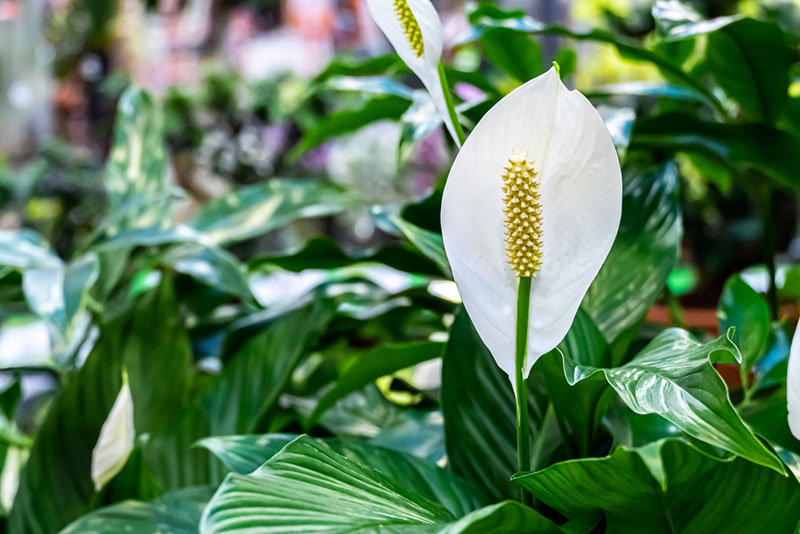
Peace lilies are surprisingly hungry plants, especially if you want them to bloom regularly. These tropical beauties need consistent nutrition to produce those elegant white spathes that make them so popular.
Many people think peace lilies are low-maintenance (and in some ways they are), but if you want robust growth and regular blooming, they need more nutrition than most people provide.
Feeding strategy: Regular liquid fertilizer every 3-4 weeks during growing season, with a fertilizer that’s slightly higher in phosphorus to encourage blooming. You can also use slow-release fertilizer granules.
Underfed peace lily symptoms: Failure to bloom, smaller leaves, pale green coloration instead of rich dark green, or overall weak appearance despite adequate water and light.
5. Rubber Trees
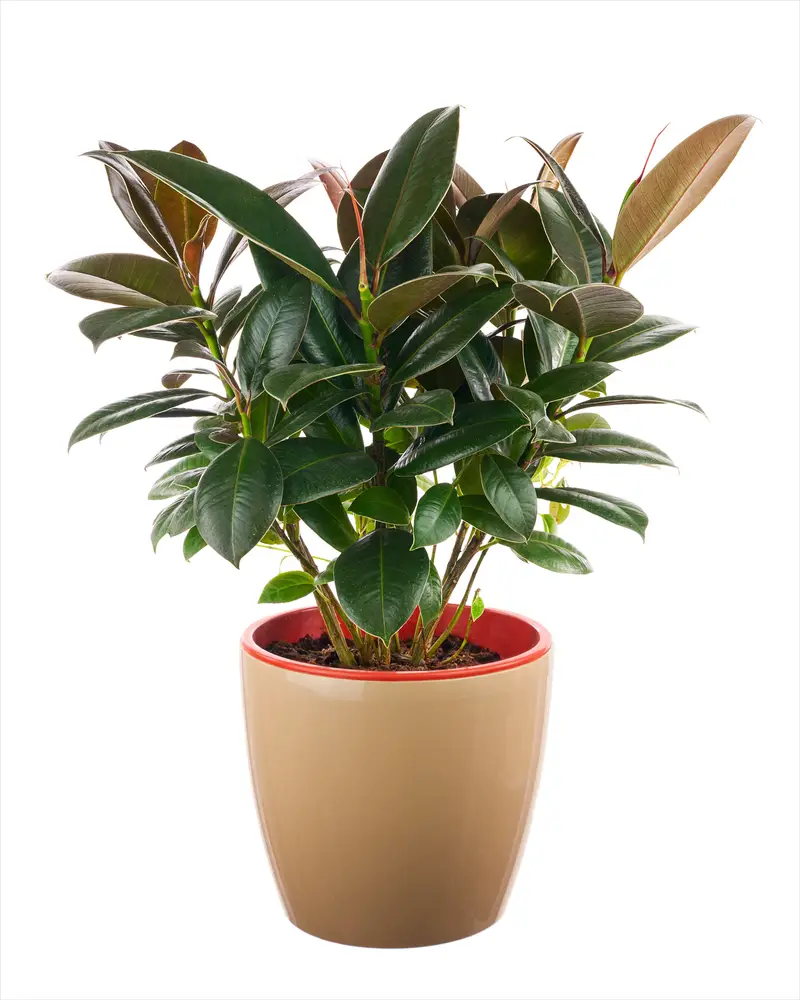
Rubber trees are fast-growing plants that can quickly use up the nutrients in their potting soil, especially when they’re young and actively growing. These plants can grow quite large indoors and need adequate nutrition to support healthy leaf development.
If you’re looking to encourage bushy, vigorous growth in your rubber tree, regular feeding during the growing season makes a huge difference. Well-fed rubber trees have glossy, robust leaves and strong growth.
Nutritional needs: Balanced liquid fertilizer every 2-3 weeks during growing season, or slow-release granules applied in spring. Rubber trees particularly benefit from nitrogen for healthy leaf growth.
Signs they need more food: New leaves that are smaller or paler than older ones, slow growth, leaves that aren’t as glossy or thick as they should be, or overall leggy appearance.
How to Tell What Your Plants Actually Need
But how do you know if you’re in the “too much” or “too little” camp with your plants?
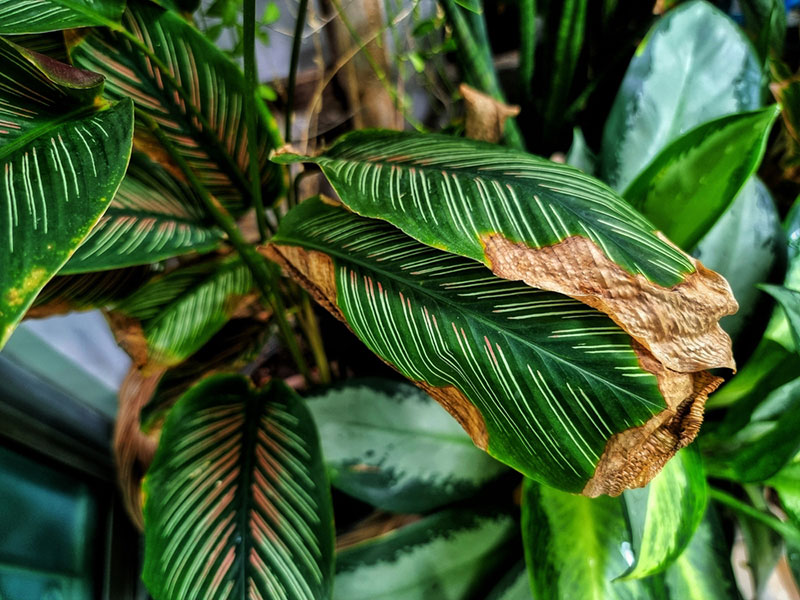
Here are the key signs to watch for:
Signs of over-fertilization:
- Soft, weak growth that doesn’t look natural
- Increased pest problems (aphids love overfed plants!)
- White crusty buildup on soil surface (salt accumulation)
- Leaf burn or brown edges despite adequate watering
- Rapid growth that makes plants unstable or floppy
Signs of under-fertilization:
- Slow or stunted growth during growing season
- Pale or yellowing leaves (especially newer ones)
- Small leaves compared to what the plant normally produces
- Poor blooming in flowering plants
- Overall lackluster appearance despite good care
The Right Way to Feed (When You Should Feed)
Now that you know which plants fall into which category, let’s go over the basics of proper plant nutrition:
For plants that need regular feeding:
- Feed only during the growing season (typically March through September)
- Use a balanced liquid fertilizer diluted to about half the recommended strength
- Feed every 2-4 weeks, depending on the plant’s growth rate
- Always water before fertilizing to prevent root burn
- Stop feeding in fall and winter when growth slows
For plants that prefer minimal feeding:
- If you must fertilize, do it sparingly – maybe once or twice per year
- Use heavily diluted fertilizer (1/4 strength or less)
- Focus on providing good soil, proper light, and appropriate watering instead
- Watch for signs that the plant is actually getting too much nutrition
FAQ: Getting Plant Nutrition Right
Q: Can I use the same fertilizer for all my plants?
For most plants that need regular feeding, a balanced liquid houseplant fertilizer works well. However, you’ll want to adjust the frequency and strength based on each plant’s needs. Avoid using any fertilizer on plants that prefer low-nutrient conditions!
Q: What about slow-release fertilizer granules?
Slow-release fertilizers can be great for hungry plants because they provide steady nutrition over several months. Just be sure to use them only on plants that actually want regular feeding, and follow package directions carefully to avoid over-application.
Q: My plant has white crusty stuff on the soil. What is that?
That’s likely salt buildup from over-fertilization! Flush the soil thoroughly with plain water several times to remove excess salts, and reduce your fertilizing frequency. This is especially common with houseplants that are fed too frequently.
Q: Should I fertilize newly repotted plants?
Generally, no. Fresh potting soil usually contains enough nutrients to last several months. Wait at least 4-6 weeks after repotting before resuming regular fertilization, and then only for plants that actually need it.
Q: What’s the difference between organic and synthetic fertilizers for houseplants?
Both can work well, but organic fertilizers (like fish emulsion or compost tea) tend to be gentler and less likely to cause fertilizer burn. Synthetic fertilizers work faster but require more careful application. For plants that hate fertilizer, stick with organic if you must feed them at all.

